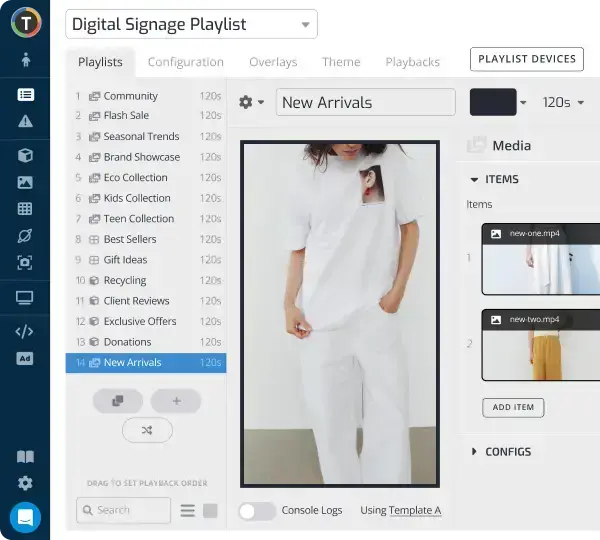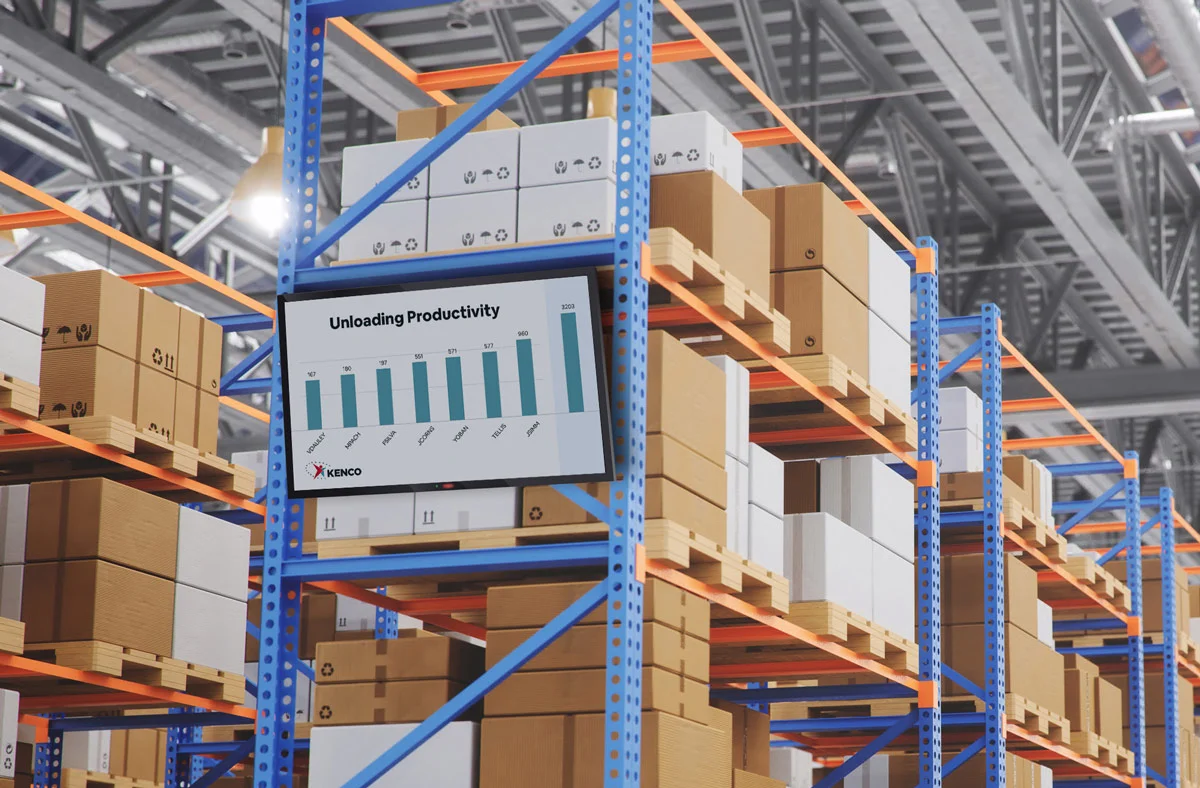Is Digital Signage Eco Friendly?
WRITTEN BY: TelemetryTV, 12-15-2021

There’s no denying that digital signage is the future of visual communications. But as with other modern technologies, some people are asking whether digital signage is eco-friendly or not.
Short answer: Yes, digital signage is eco-friendly. And this is especially true when you compare it to its traditional signage counterpart.
Let’s explore how digital signage trumps static signage when it comes to the environment.
Digital signage vs. static signage: ecology comparison

If we’re being objective, traditional signage has a large ecological footprint. And the reason it’s more harmful to the environment is simply due to its over-reliance on paper. Long story short, the production, use, and disposal of paper is very taxing on the environment.
How static signage damages the environment
Here are a few facts to illustrate how paper harms the environment:
- A ton of paper takes 17 trees and over 26,000 liters of water to produce.
- For each ton of paper produced, 264 kilograms of air pollution are released into the environment.
- This is the third-largest cause of pollution in the US and Canada.
- One ton of paper is used annually per 11.4 employees.
- One-fourth of all landfill buildup is due to paper.
- The US cuts down 68 million trees per year to support its dependency on paper.
- The destruction of trees leads to topsoil erosion, increased greenhouse gasses, and more ecological problems.
- Almost half of all paper communications used by businesses end up in the trash by the end of the day.
Needless to say, this ecological footprint is unsustainable, which is why more and more businesses are going green by switching to digital signage to power their communications.
Digital signage advantages calculation

Companies that use traditional signage constantly need to print new signage whenever their content becomes stale or needs updating. Not only is this costly for the business over the long run, but it also happens to be pretty bad for the environment.
Digital signage, on the other hand, takes mere minutes to update and can be updated as many times as necessary without harming the environment.
We know what you’re thinking: “But what about digital signage hardware? It uses electricity and, therefore, it must have some negative impact on the environment”. That’s true—but only to an extent.
Because the power used by digital signage is much less than you probably think. Digital screens use 90% less energy than they did 20 years ago. As an example, using the average LED screen for 10 hours a day, every day, would cost less than $20 each year.
And most commercial displays these days have a lifespan of somewhere between 70,000 and 100,000 hours. That’s enough to last roughly 10 years even if you used your screens 24/7.
Of course, it’s not that digital signage doesn’t have any environmental costs. Almost everything does. But the important point to takeaway is that its ecological impact is relatively small. Especially when you compare it to paper-reliant traditional signage.
Go green with digital signage
Not only is digital signage a greener alternative to static signage, but it is also a much more economical investment for your business.
That’s because, despite the larger upfront cost that comes with purchasing and setting up digital signage hardware, printing costs are eliminated, and in turn, you end up saving huge amounts of money in the long run—not to mention the fact that you are harming the environment less by avoiding paper.
Additionally, digital signage can be updated on the fly, which means content that isn’t performing up to snuff or needs changing doesn’t need to be completely scrapped and tossed in the bin. Simply update or fix the content with a few clicks of a mouse.
In the process, you’ll have access to KPIs and other metrics regarding how your digital signage affects sales or customer satisfaction. Relevant data can be processed automatically and accessed any time through your digital signage CMS (content management system).
Finally, cloud-based digital signage software can also be used to reduce the number of paper communications between employees with the use of digital corporate communications. And digital signage for internal communications doesn’t just reduce your office’s dependence on paper, it also leads to more engaged and collaborative employees.
To learn more about TelemetryTV’s eco-friendly digital signage app, request a free demo today.











